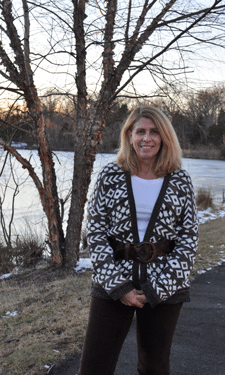 In 1923, Austrian scientist, philosopher and social innovator Rudolf Steiner predicted that within 80 to 100 years honeybees would be extinct. Now, beekeepers worldwide testify to the fact that an unbelievable loss of honeybees is occurring. This condition — now recognized as a pandemic deemed “Colony Collapse Disorder” (CCD) — is noted through the disappearance of bees from their hives in mass numbers. The queen is present, honey is present, but the bees have vanished.
In 1923, Austrian scientist, philosopher and social innovator Rudolf Steiner predicted that within 80 to 100 years honeybees would be extinct. Now, beekeepers worldwide testify to the fact that an unbelievable loss of honeybees is occurring. This condition — now recognized as a pandemic deemed “Colony Collapse Disorder” (CCD) — is noted through the disappearance of bees from their hives in mass numbers. The queen is present, honey is present, but the bees have vanished.
The alarming tale does not stop there. Feral bees are also seriously threatened in the U.S., and pollinators of all kinds are in rapid decline. Each year since the early 1990s, an average of 2.4 avian and mammalian pollinator species have moved from endangered to critically endangered status. This fact poses a significant threat to our global food systems, as well as to human health.
This issue of Parks & Recreation magazine, our second annual Conservation issue, takes a hard look at the challenges before us regarding pollinator loss. Rich Dolesh, NRPA’s vice president of conservation and parks, examines the plight. His piece, “It’s Time We Talked About the Birds and the Bees,” on page 40 provides an overview of all that contributes to pollinators’ decline. Dolesh addresses habitat loss and the impacts of new classes of pesticides and herbicides as key factors, but he also speaks to the significant role park and recreation agencies can play in the solutions to saving pollinators.
Another must-read feature in this issue is Dolesh’s interview with U.S. Fish and Wildlife Service Director Dan Ashe. This dialogue sheds light on the challenges of protecting America’s fish and wildlife that are facing unprecedented challenges from the loss of habitat nationwide. According to Ashe, dangerous habitat degradation, caused by water scarcity, changing climate and most recently, invasive species, are factors changing our natural ecosystems. Ashe also speaks to the many reasons it is critical to connect our kids to nature and simply get them outdoors, especially noting the importance of passing on our legacy of conservation.
Is there still time to stop the decline of pollinators and circumvent the catastrophic impacts such losses would mean for our nation? Yes, there is time, and park and recreation agencies have the opportunity to lead the way in educating the public in what we must do.
We can start by showing kids the true wonders of nature and engaging adults in pollinator conservation. This must be a long-term strategy and include education opportunities and offerings our field provides. We can make a real difference, and over time, our actions could prove pivotal in saving the honeybees, butterflies, birds, wildlife — and so much more.
Gina Mullins-Cohen is NRPA's Vice President of Marketing, Communications and Publishing and Editorial Director.

